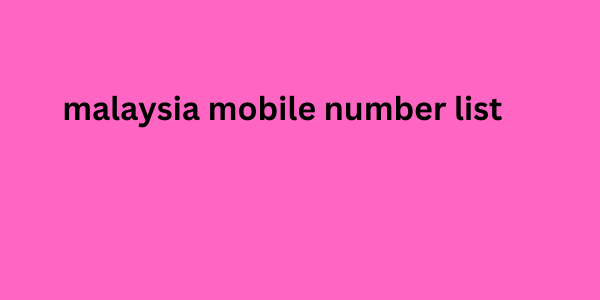Modern graphic design styles often draw inspiration from bygone eras. Of course, we are not talking about mindless imitation and copying of the style and design of past years. Rather, it can be called a creative rethinking and renewal, when an interesting idea, from the designer's point of view, is revealed in modern conditions.
Let's imagine ourselves in a time machine that will take us through different eras. 11 different styles will flash before our eyes, replacing each other, over more than 150 years of graphic design history, starting from 1850 and ending in 2000. There will definitely be plenty of inspiration. So, have we piqued your interest? Then let's go.
01. Victorian style (1850-1900)
Victorian graphic design is anchored in typography and the principle of “the more the better.” The reign of Queen Victoria saw radical shifts in production, social and cultural changes. And this is no coincidence, as it was preceded by the Industrial Revolution.
It was during the Victorian era that graphic design began to be used by entrepreneurs for the commercial development of their businesses. Thanks to new technologies, paper became a more accessible material, and printing capabilities also reached a qualitatively new level. It became common for printing houses of that time to issue advertisements and posters, lettering, develop new decorative fonts and malaysia mobile number list complex patterned aesthetics. At the same time, one of the main conditions was to maintain symmetry.

Creating a logo in style
Order a corporate style in Victorian style:
• Draw on the page – every inch of it, but keep it symmetrical
• Experiment with lettering and intricate embossing
• Add shadows, outlines and any clever embellishments
• Combine text and image into one work of art
Victorian graphic design is a good choice for cafes and bars, the interior of which contains various unique and inventive details, patterns, ornaments. This style is especially successful with names that contain the word "Victoria", as in the logo "Victoria Brown" - symmetrical layout, characteristic typography, ornate shapes and a crown crowning the composition.
02. Arts and Crafts Movement (1870-1910)
If you think Victorian design is the most ornate of all, you’re sadly mistaken. The Arts and Crafts movement was a reaction against the mass-produced, low-quality goods of the Industrial Revolution. Led by William Morris, advocates advocated a return to handcrafted design and celebrated the joy of work. They used traditional manufacturing models, turned to natural materials, a